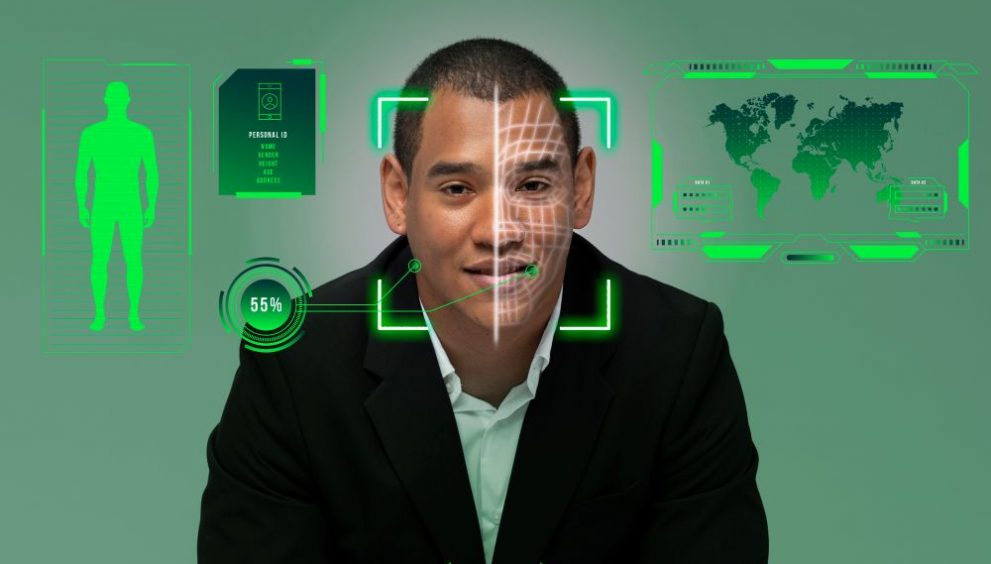Biometric authentication has become increasingly popular in recent years, with many devices and services now relying on unique biological characteristics like fingerprints, facial features, and iris scans for identity verification. While biometric data is often considered more secure than traditional passwords, it has also become an attractive target for cybercriminals. As the use of biometrics grows, so does the risk of this sensitive information falling into the wrong hands, potentially leading to identity theft, fraud, and privacy breaches.
In this blog, we’ll explore why biometric data is becoming a prime cyber target, the methods used by hackers to steal this information, and the steps you can take to protect your biometric identity.
What is Biometric Data?
Biometric data refers to the unique physical or behavioral characteristics that can be used to identify an individual. Some common examples include:
- Fingerprints
- Facial features
- Iris or retinal scans
- Voice patterns
- DNA
These biometric identifiers are considered more secure than passwords because they are unique to each person and cannot be easily guessed or replicated. Many smartphones, laptops, and other devices now feature biometric authentication options, and this technology is also being used for access control in secure facilities, border control, and financial transactions.
Why is Biometric Data a Target for Cybercriminals?
There are several reasons why cybercriminals are increasingly targeting biometric databases:
- Value: Biometric data is highly valuable on the black market. Hackers can sell this information to other criminals who can use it for identity theft, fraud, or to bypass security systems.
- Permanence: Unlike passwords that can be changed if compromised, biometric characteristics are permanent. If your fingerprint or iris scan is stolen, you can’t simply change your biology.
- Centralized storage: Many organizations store biometric data in large, centralized databases. If these databases are breached, millions of biometric records could be exposed at once.
- Bypassing security: Stolen biometric data can be used to fool authentication systems and gain unauthorized access to accounts, devices, or physical locations.
Common Methods of Biometric Data Theft
Cybercriminals use various techniques to steal data biometric information:
- Hacking: Attackers can exploit vulnerabilities in the software and networks that store and transmit biometric data to gain access to these systems.
- Malware: Malicious software on a user’s device could potentially intercept biometric data during the authentication process.
- Data breaches: Hackers may target companies that collect and store large amounts of biometric information. In 2019, a data breach at the security company Suprema exposed over 27 million records, including fingerprint and facial recognition data.
- Spoofing attacks: Criminals can attempt to trick biometric scanners using high-resolution images, 3D masks, or other sophisticated techniques.
- Man-in-the-Middle Attacks (MitM): Hackers intercept biometric data during transmission between a device and a server.
- Replay Attacks: Attackers capture and reuse recorded biometric data to gain unauthorized access.
- 3D Mask or Synthetic Fingerprints: Scammers use high-quality masks, artificial fingerprints, or gelatin-based molds to deceive biometric security systems.
- Social Engineering: Fraudsters trick individuals into providing biometric information, often through fake identity verification requests.
- Cloud Database Hacking: Since biometric data is often stored in cloud servers, hackers target these repositories to access vast amounts of sensitive information.
- Compromised Sensors: Hackers manipulate or replace biometric scanners with modified versions that collect and transmit data to unauthorized sources.
- Public Data Harvesting: Cybercriminals extract biometric information from publicly available sources, such as social media images or leaked government databases.
- Deepfake Technology: AI-generated facial and voice deepfakes can be used to mimic individuals and bypass biometric authentication systems.
- Backdoor Exploits: Hackers find vulnerabilities in biometric security software or hardware to gain unauthorized access.
The Risks of Biometric Data Theft
The theft of biometric data can have serious consequences for individuals:
- Identity theft: Criminals can use stolen biometric information to impersonate victims and commit fraud.
- Inability to “reset” biometrics: If your password is compromised, you can change it. But if your fingerprint or iris scan is stolen, you can’t change your physical attributes.
- Profiling and tracking: Bad actors could use biometric data to illegally track and profile individuals without their knowledge or consent.
- Loss of privacy: Biometric data is deeply personal. This theft represents a significant invasion of privacy.
How to Protect Your Biometric Data
While no security measure is foolproof, there are steps you can take to reduce the risk of your biometric data being stolen:
- Encrypt your data: Ensure that any devices or services you use encrypt your biometric information when it is stored or transmitted.
- Use multi-factor authentication: Combine biometric authentication with another factor, like a password or security key, for an added layer of security.
- Be selective: Be cautious about where and when you use biometric authentication. Avoid using it on shared or public devices.
- Keep software updated: Regularly update the operating systems and apps on your devices to ensure you have the latest security patches.
- Monitor your accounts: Watch for any suspicious activity on your accounts that could indicate your biometric data has been compromised.
- Stay informed: Keep up-to-date with news about data breaches and cyber attacks involving biometric information.
For advanced protection against cyber threats, consider using a comprehensive security solution like Quick Heal Total Security. This software offers robust features to safeguard your devices and personal data from a wide range of digital dangers.
Stay Safe, Stay Protected
As biometric authentication becomes more prevalent, it’s crucial to understand the potential risks associated with this technology. While biometric data offers a convenient and secure way to verify identity, it is not immune to theft and exploitation by cybercriminals.
By taking proactive measures to protect your biometric information, staying informed about emerging threats, and using robust security software, you can significantly reduce the risk of becoming a victim of biometric identity theft. Remember, your biometric data is a unique and irreplaceable part of your identity. Safeguarding it should be a top priority in today’s digital landscape.
Check Out Our Full Antivirus Range


